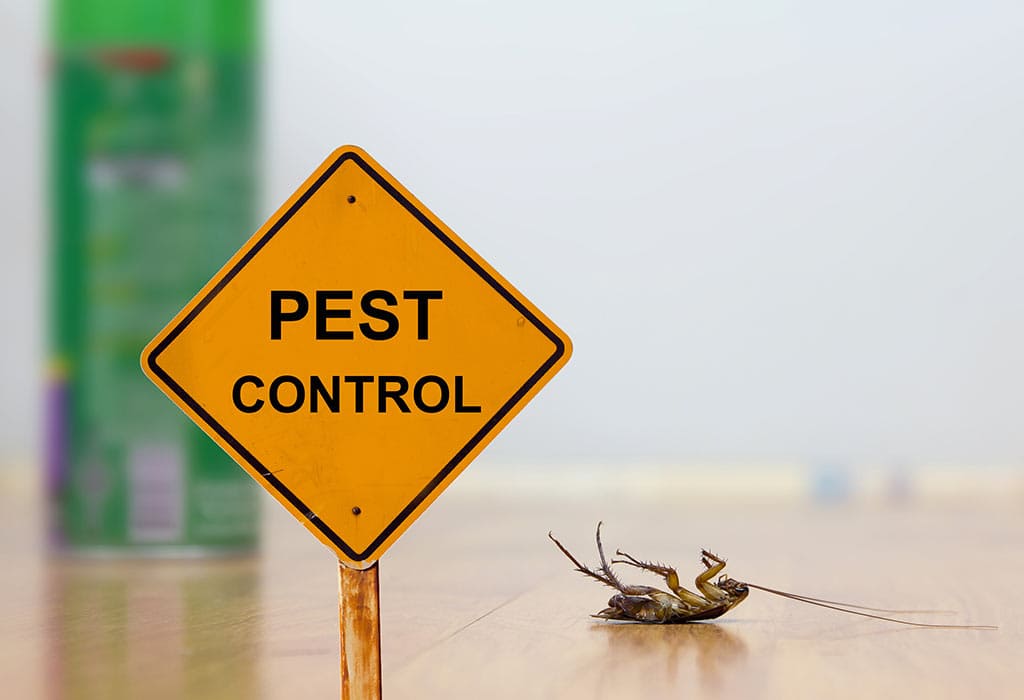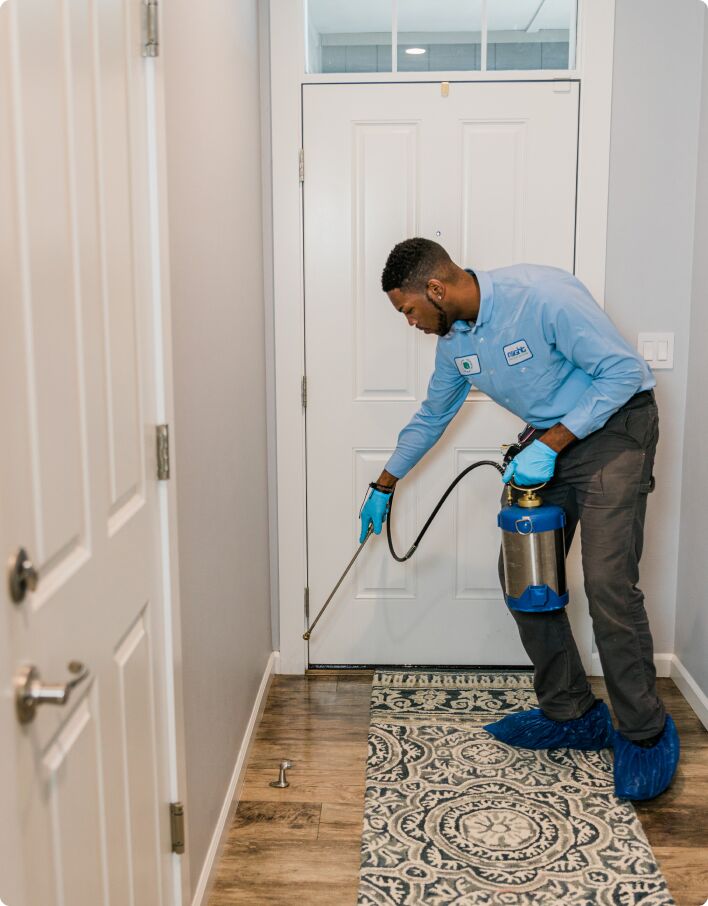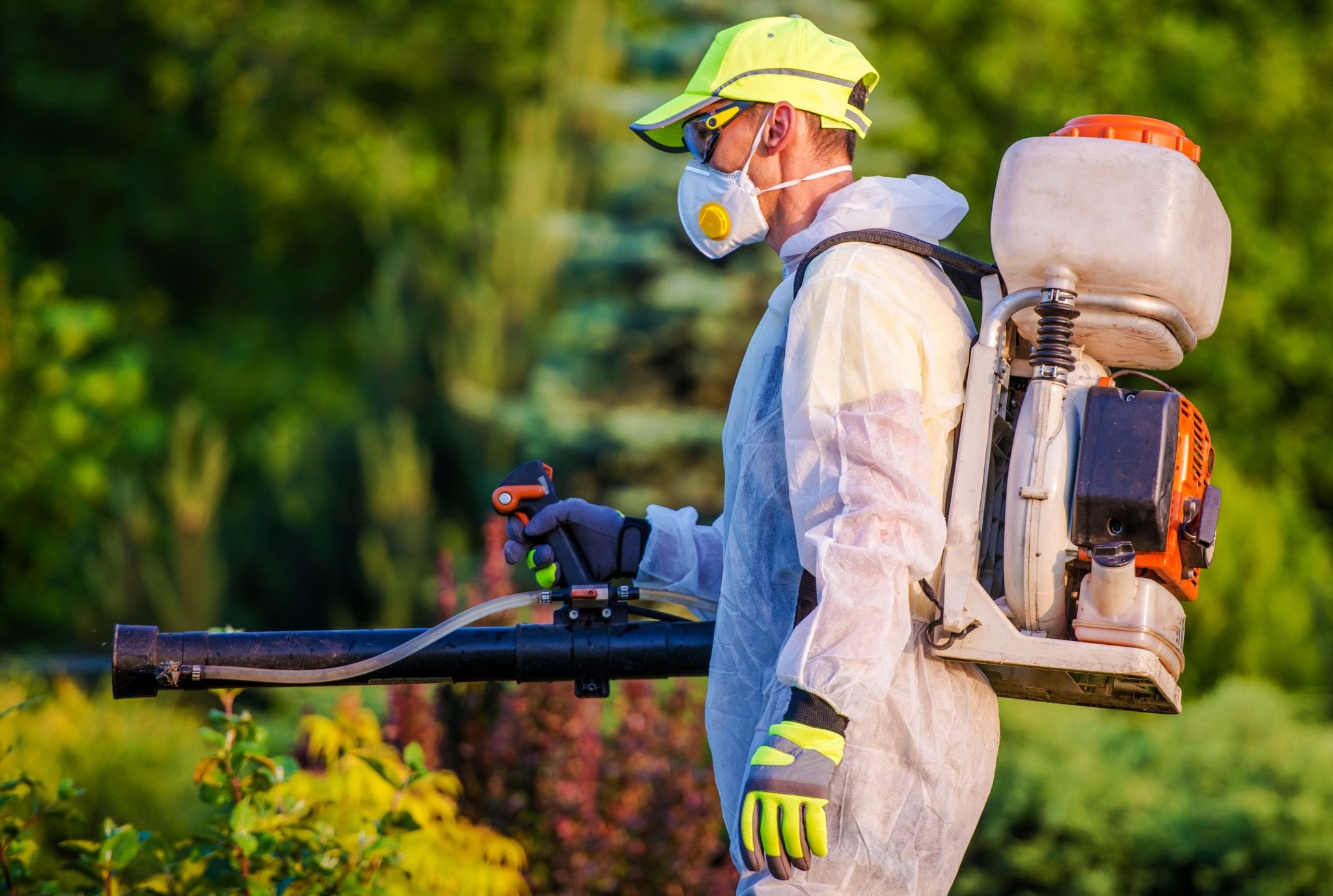Orem Pest Control: Your Partner in Maintaining a Pest-Free Environment
Orem Pest Control: Your Partner in Maintaining a Pest-Free Environment
Blog Article
An Understanding Into Different Sorts Of Pest Control Provider Available in the Market
In the world of pest control services, a diverse variety of approaches exists to deal with the relentless obstacle of handling undesirable trespassers. As pests continue to adapt and progress, the requirement for effective and lasting pest control measures ends up being progressively paramount. Orem Pest Control.
Chemical Sprays
Chemical sprays are commonly made use of in parasite control services to successfully get rid of and protect against infestations. These sprays include numerous chemicals that target particular insects, such as rodents, pests, or termites. The active ingredients in these sprays function by interfering with the bugs' nerve systems, creating paralysis or death upon contact.
Professional bug control solutions utilize experienced professionals who understand the correct application of chemical sprays to guarantee optimum performance while decreasing threats to humans, pets, and the atmosphere. These professionals conduct complete inspections to recognize the type of pest problem and identify the most ideal spray to resolve the trouble.
Among the main benefits of utilizing chemical sprays in bug control is their capability to supply instant results. Once used, the spray starts working quickly, reducing the population of bugs in a timely way. Furthermore, chemical sprays can offer durable protection against future invasions when applied on a regular basis as component of an extensive insect management strategy.
Biological Control

Classical biological control entails presenting natural opponents of the parasite varieties right into the environment. These natural opponents, such as predators, microorganisms, or parasites, help manage insect populaces by exploiting or contaminating them. This approach is usually made use of for long-term pest monitoring and developing an all-natural equilibrium in the community.
On the other hand, augmentative organic control includes releasing large numbers of advantageous microorganisms, such as predatory bugs or nematodes, to manage existing pest populaces. This approach is much more instant and can be specifically beneficial in agricultural settings to attend to present pest infestations.
Biological control techniques are preferred for their eco-friendly nature, very little influence on non-target species, and decreased chemical pesticide use, making them a lasting parasite management alternative for different sectors.
Baits and traps

On the other hand, baits are materials made use of to draw in bugs to a particular area for try here control functions. By recognizing the actions of the target pest, pest control experts can effectively make use of lures and traps to take care of bug problems successfully.
Integrated Insect Monitoring
Integrated Insect Administration (IPM) is an extensive method that incorporates various parasite control strategies to efficiently manage and remove bugs while minimizing environmental influence. IPM concentrates on lasting avoidance methods by thinking about the biology and behavior of pests, as well as the particular atmosphere in which they exist. This technique integrates a variety of parasite control techniques such as biological control, environment control, alteration of cultural methods, and the usage of immune crop selections.
Among the key principles of IPM is to focus on non-chemical pest control techniques whenever possible. This might include using natural killers to manage pest populations or applying physical obstacles to stop problems. Chemical chemicals are used as a last option and are applied judiciously to reduce damage to non-target microorganisms and the surrounding ecosystem.
Heat Treatment
As a complementary approach to Integrated Pest Management methods, heat therapy is a targeted strategy that harnesses the power of high temperatures to eradicate parasites successfully and successfully. This approach is specifically valuable in eliminating bed insects, termites, and various other bugs that might be hiding in hard-to-reach areas within a structure. By increasing the ambient temperature level to site web degrees that are lethal to the insects however safe for the structure, warmth therapy can pass through splits, gaps, and furnishings where conventional chemicals could not reach.
Throughout a warmth therapy session, customized equipment is utilized to warm the plagued location to temperature levels in between 120 ° F and 140 ° F, a range recognized to kill insects in any way life stages. The process generally takes numerous hours, making sure that the warm penetrates deep sufficient to eliminate the whole pest population. One of the key benefits of heat treatment is that it is chemical-free, making it a risk-free and ecologically friendly option for pest control. Additionally, warm therapy is understood for its capacity to provide fast results, commonly dealing with insect invasions in a single treatment session.
Verdict

 Having addressed the effectiveness of chemical sprays in insect control services, the focus currently changes to biological control techniques as a lasting option for taking care of bug infestations. Traps and lures are important tools in bug control services, offering targeted options for particular parasites. By comprehending the habits of the target parasite, insect control specialists can successfully make use of traps and baits to handle insect invasions successfully.
Having addressed the effectiveness of chemical sprays in insect control services, the focus currently changes to biological control techniques as a lasting option for taking care of bug infestations. Traps and lures are important tools in bug control services, offering targeted options for particular parasites. By comprehending the habits of the target parasite, insect control specialists can successfully make use of traps and baits to handle insect invasions successfully.Integrated Bug Management (IPM) is a thorough method that incorporates different bug control strategies to properly handle and get rid of bugs while lessening ecological impact.In conclusion, numerous types of bug control services are available in the market to deal with various pest infestations.
Report this page